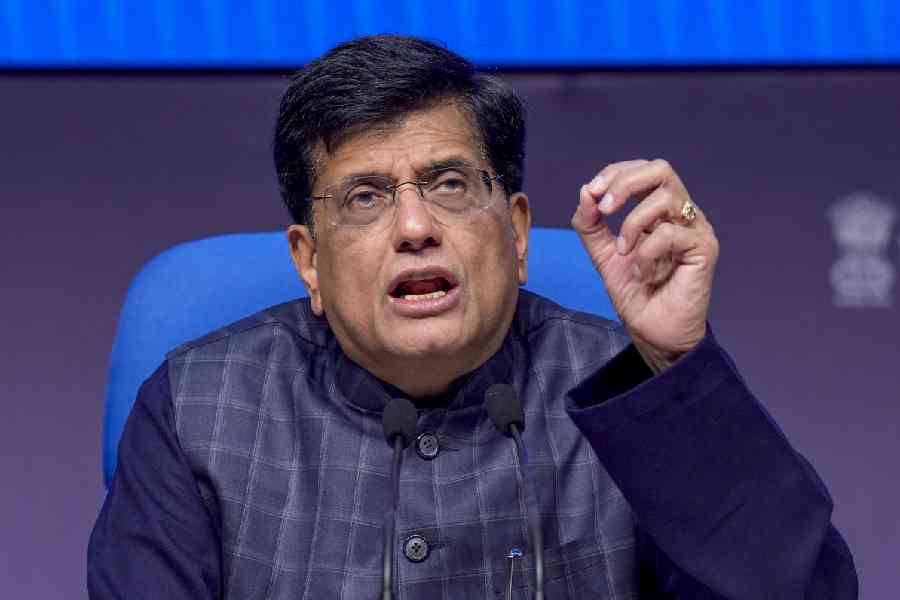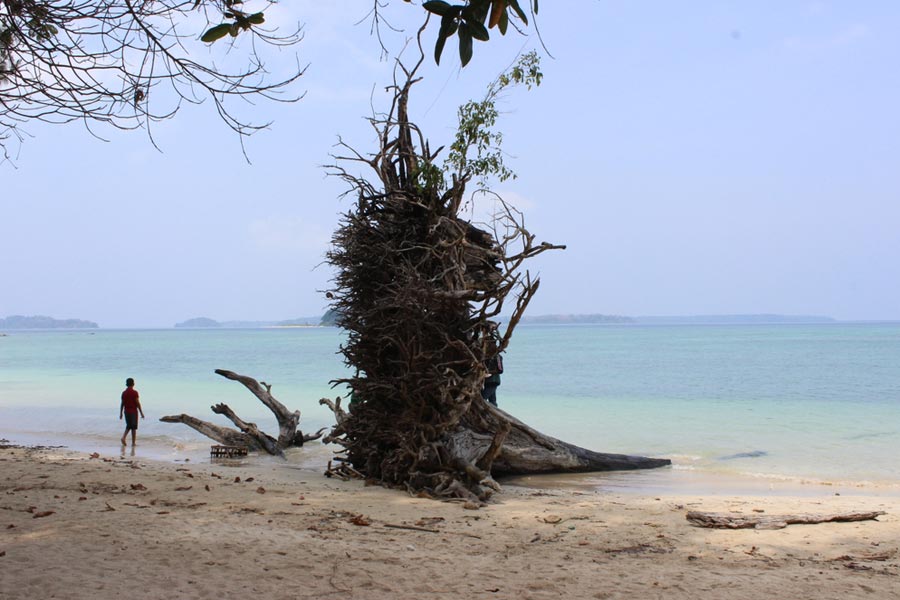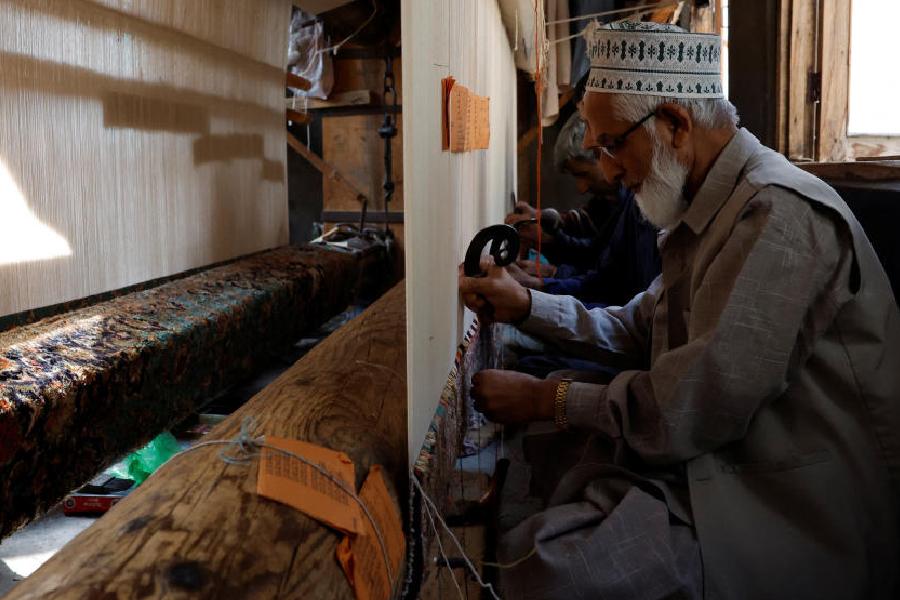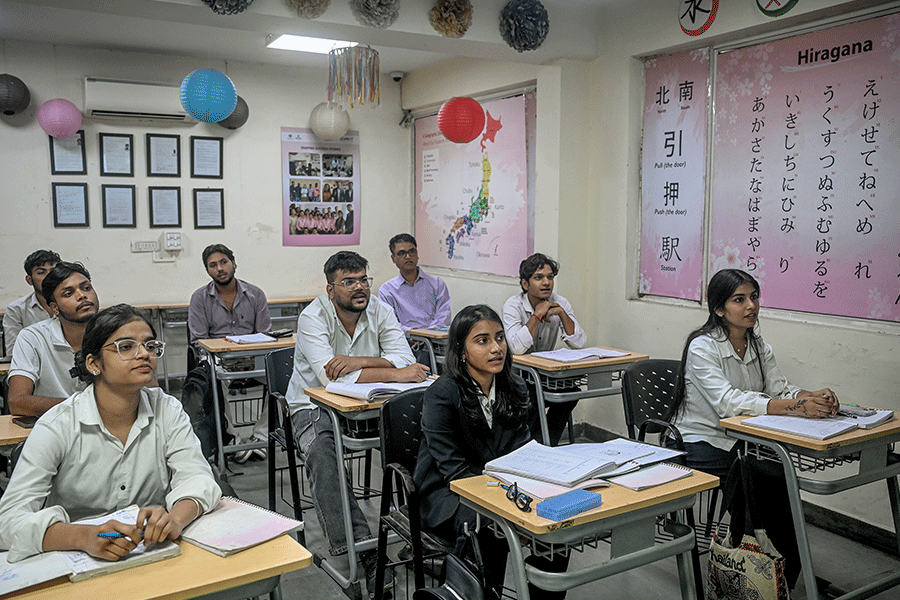New Delhi, Nov. 8: Glaciers in the Himalayas are shrinking, but there is no evidence to suggest that global warming has enhanced the loss of glacial ice in this region, a review paper to be released by the government tomorrow has said.
The paper has combined archived data from the Geological Survey of India from the early 20th century with a series of observations from academic institutions to question grim forecasts predicting the looming demise of Himalayan glaciers.
“The Himalayan glaciers are melting — but there is nothing dramatic, nothing to suggest that they’ll vanish within decades,” Vijay Kumar Raina, a senior glaciologist and a former deputy director-general of the GSI, told The Telegraph.
Raina, who pencilled the review paper which is to be released by the ministry of environment tomorrow, has said observations of glacial loss in other parts of the world, including the polar regions, cannot be extrapolated to the Himalayas.
“The Himalayan glaciers are located at high altitudes — the lowest level of these glaciers is about 3,700 metres. The glaciers in Alaska and the polar regions drop down to near sea level. The environment is completely different,” he said.
Two years ago, the Intergovernmental Panel on Climate Change, the UN agency tasked with reviewing research on global warming, had cautioned that the Himalayan glaciers were receding faster than in any other part of the world. At the current trends in global warming, the glaciers in the Himalayan region could “disappear altogether by 2035 if not sooner,” the panel had said in an assessment report.
Some scientists have warned that the loss of ice because of glacial melting could turn the Ganga, Indus, and the Brahmaputra into seasonal rivers, with potentially adverse impacts on agriculture and the economy.
Such assessments have kindled an academic feud over the fate of the glaciers. Some glaciologists in India believe that such predictions are based on selective and not an exhaustive analysis of research.
“Forecasts of the disappearance of Himalayan glaciers is nonsense,” said Rameshwar Bali, associate professor of geology at the University of Lucknow. “This is organised propaganda by climate change activists,” he said.
Some geologists point out that data from some glaciers suggests that the rate of retreat has actually declined over the decades.
The Pindari glacier in Uttarakhand has retreated at about 6m every year between 1966 and 2007 compared to about 20m every year between 1906 and 1958, according to a paper presented by Bali and his colleagues at a scientific meeting earlier this year.
Another geologist Anjani Tangri at the Uttar Pradesh Remote Sensing Applications Centre has combined satellite images and field trips to the Gangotri glacier to show that its rate of retreat has also declined significantly.
“But everyone has been chanting about global warming,” Tangri said.
Some glaciologists point out that multiple factors can influence melting. Rainfall, the orientation of the valley, and rock and debris cover — they can all affect the melting,” said Rajinder Ganjoo, a geologist at the University of Jammu.
Ganjoo has just published a paper in the journal Climatic Change, where he has shown how weather can influence the accumulation and loss of snow on the Naradu glacier in Himachal Pradesh.
“There appears to be exaggeration of the extent of glacial melting,” said Ganjoo, who trudged up to the snout of the Siachen glacier last year for observations that indicate a retreat rate of just 60cm per year — not 7.5m every year as suggested by others.











